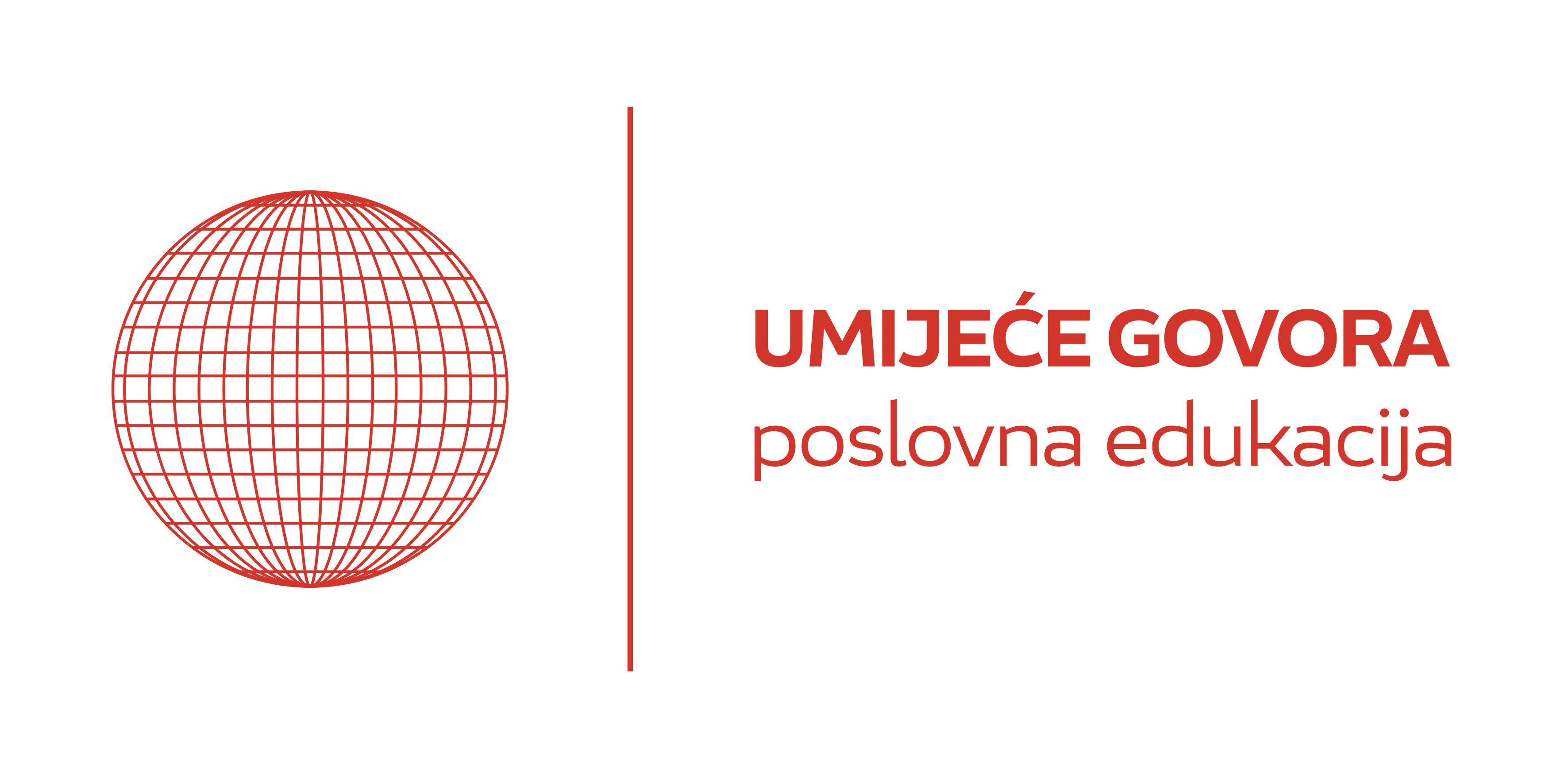THE BEST PRACTICES OF GLOBAL VIRTUAL TEAM’S COMMUNICATION
Jagoda Poropat Darrer
Business Communication Professional
Effective communication within global virtual teams (GVT) seems to be crucial for achieving better results and to boost overall productivity. But what does effective online communication mean?
As Christmas is at the door and 2020, a year to remember, is getting to its end, usually everyone summarizes past events, tends to draw conclusions, and perhaps comes with some smart tips for future. As if three spirts from Charles Dicken’s The Christmas Carol came, and showed us the true value of being on this World. For communication experts those are the new four C’s: Civility, Camaraderie, Community and Compassion. The year was, and still is taught in instance of health and wealth, and who knows what the new one will bring to us. Thought, it’s the perfect time to reflect and prepare ourselves to be more adaptable and agile in communication than ever.
With the coronavirus pandemic ongoing, the move to an online workplace has become widespread and may well endure. But, as many organizations are learning, managing the flow of communication among remote teams is tricky. The three challenges of effective communication within a global virtual team encompass distance, technology and interpersonal relations. Distance could trigger isolation and solitude that sometimes can lead to depression and low performance. Moreover, some people could feel resilience towards new technology and even develop fear of shifting all their work processes online. As a result, the group cohesion could be weakened and feelings of distrust can arise, disrupting relationships among the team.
The latest research findings (Riedl and Woolley, 2020) have led to insights that can help avoid such problems. They center on the concept of burstiness, information diversity, and physiological synchrony attention to which can foster creativity, streamline processes, reduce the stress of multi-tasking, and improve team performance. Their research suggests that such burst of rapid-fire communications, with longer periods of silence in between, are hallmarks of successful teams. Those silent periods are when team members often form and develop their ideas – deep work that many generate the next steps in a project or solution to a challenge faced by the group. Burst, in turn, help to focus energy, develop ideas, and achieve closure on specific questions, thus, enabling team members to move on to the next challenge. To communicate in a bursty manner, according to Reidl and Woolley, members of a team should avoid thinking of message-based communication, like email and texting, as asynchronous, with everyone simply sending messages to one another whenever they feel like it. Instead, they should align their work routines and then communicate in short periods when everybody can respond rapidly and attentively. That’s the route to higher performance. The diversity of information we communicate is critical for effective communication. Diversity in teams also plays an important role, because it facilitates the exchange of a greater diversity of information, which in turn boosts team performance. Research suggests that each piece of communication should focus on a small set of topics, because that creates more information diversity across messages. Small chunks of information help focus the mind and declutter communications. In managing multiple emails it’s dangerously easy to become lost in searching for information, or just to get distracted from what’s actually the most important topic of the moment.
Hill and Bartol (2018) suggest not to assume that everyone on your team is aware of potential pitfalls with virtual communication or of the five key behaviors that improve performance (matching the technology to the task, making intentions clear, staying in sync, being responsive and supportive, and being open and inclusive). They suggest creating a team charter that describes how you will work together. Specify technologies the team will or won’t use for different tasks (“Don’t use email to discuss sensitive interpersonal issues”); standard formats and etiquette for written communications (“Highlight or bold to emphasize action items in emails”); plans for keeping everyone in sync (“Let the team know ahead of time if a commitment or deadline cannot be met”); expected time to respond to requests (“Acknowledge receipt within 24 hours”); and types of communication that should always be shared with everyone (“Use the ‘would you want to know?’ rule of thumb”). They found that clearly conveyed norms do make a difference. The research also shows that people with prior experience in collaborating virtually had higher virtual communication ratings. Leaders can rely on those team members to model effective behaviors — and can model the behaviors themselves — to raise the whole group to a higher standard.
Each company should find its own best way to manage the communication within its virtual teams based on their own organization culture. The main advice is to maintain the interpersonal relationships high as much as possible. The easiest way to do that is to make sure that there is no lack of the nonverbal cues, to create a burst of rapid-fire communications, with longer periods of silence in between and to foster the informal communication between teams’ members.



